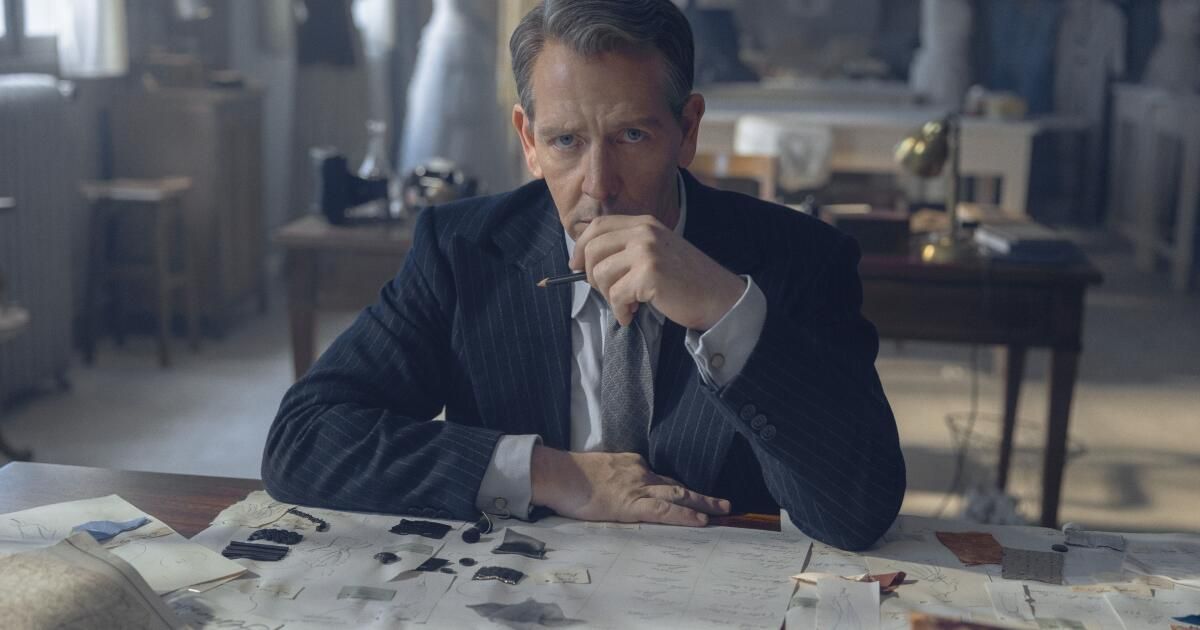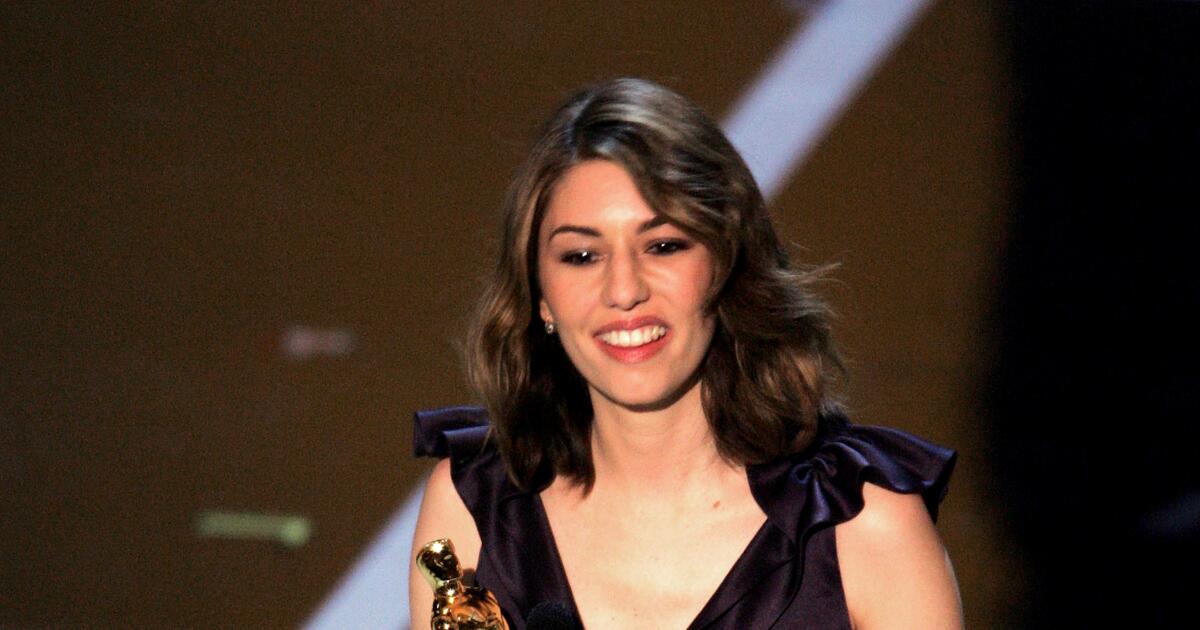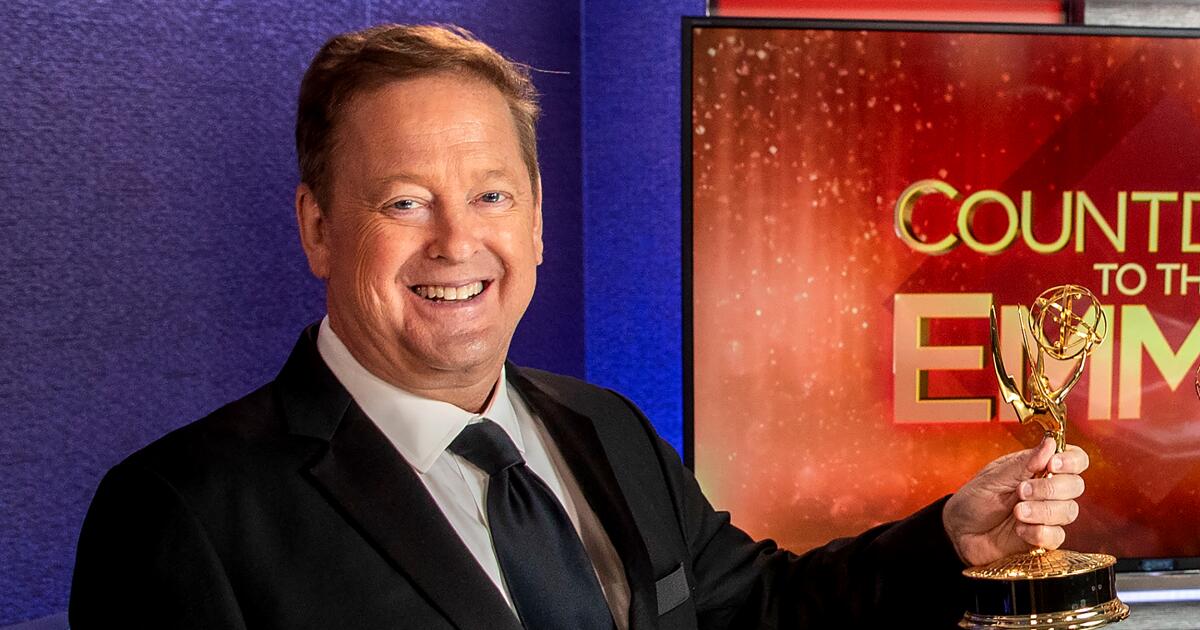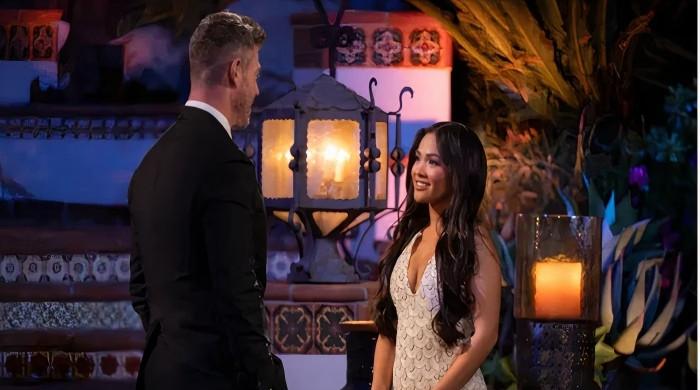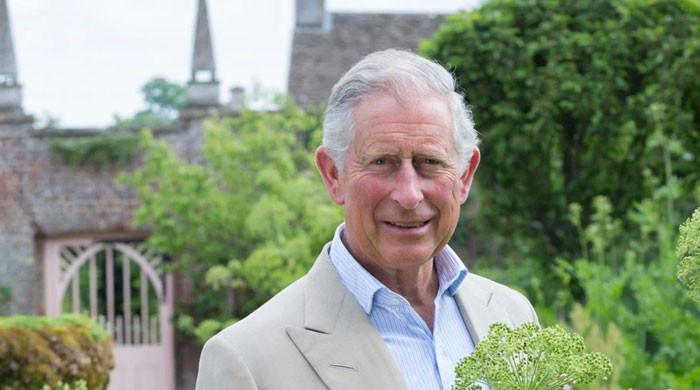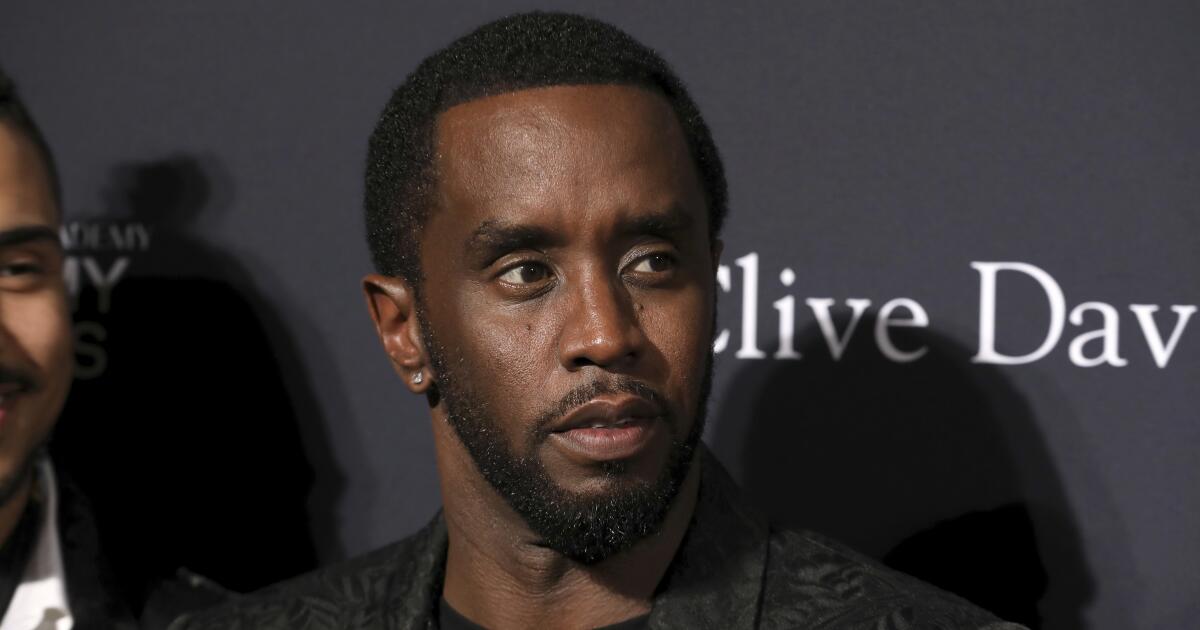“The New Look,” a 10-episode miniseries, or possibly a series, premiering Wednesday on Apple TV+, is set in the world of Parisian haute couture over four years, from 1943 to 1947, from near the end of World War II until shortly after. , when designer Christian Dior presented his first collection and became an overnight sensation at age 41. It is advertised as “inspired by” real events, that is, the fabric has been heavily embroidered.
Although the title refers to the nickname given to that collection by Harper's Bazaar editor-in-chief Carmel Snow (Glenn Close), it could more accurately be called something like “Christian and Coco,” since the running time has been split fairly evenly between Dior and rival designer Coco Chanel, or perhaps even more accurately, “Christian or Coco,” as it consists of two intertwined but completely separate films.
Although they work in the same field in the same place, although not always at the same time (Chanel closed its studio in 1939 and did not put together another collection until 1954), the characters have nothing to do with each other and only a little to say. about each one. In fact, apart from a brief apocryphal encounter and a look at a room full of Nazis, they never share a scene.
One could argue that there is structural sense in this two-ideas-in-one approach. The life and career of Dior (Ben Mendelsohn) are not obviously the stuff of an exciting docudrama, as a major streaming platform would define it, and Chanel (Juliette Binoche), certainly in the years shown here, is not a particularly understanding. There is an element of compare and contrast in her individual stories, underlined by frequent cross-cuts, although it would be difficult to extract much meaning from the juxtapositions.
The series is set partly during World War II, when Coco Chanel (Juliette Binoche) begins a relationship with Gestapo spy Hans Günther von Dincklage (Claes Bang).
(Apple TV+)
We begin in 1955. A modest Dior is at the Sorbonne, before a packed room, presenting a retrospective of his greatest successes, described by the moderator as having “started a revolution.” [and] “He helped humanity find beauty and the desire to live again after the horrors of World War II.” (“Ooh, is that what they’re teaching you?” he jokes).
Meanwhile, on the other side of the city, Chanel, who at 70 years old is making a comeback, says goodbye to him before a group of journalists: “I regret that the students of the Sorbonne have to suffer today for him. …Christian Dior ruined French haute couture and I will return to save it.”
From there, we return to 1943, not to the workshop of Lucien Lelong (John Malkovich, whose French accent seems performed under duress), where Dior, still a “nobody,” works as a designer, but to the streets of Paris. where Christian is waiting in line for food and his sister Catherine (Maisie Williams), a member of the French Resistance, is setting a trap for some German soldiers.
When he's not drawing designs, contemplating draping, or worrying about his sister, Dior hangs out with designers Cristóbal Balenciaga (Nuno Lopes), now famous, and Pierre Balmain (Thomas Poitevin), later famous, who criticize him because he's designing a Prom Dress. for a party thrown for a Nazi bigwig, to which he responds that Lelong hasn't told him who the client is and that he needs to support his sister and his father anyway. (Lelong is given little importance here, but many credit him with keeping the industry alive during the war.) Also making an appearance is a prankster Pierre Cardin (Eliott Margueron), who would work on Dior's first collection. There is a disappointing lack of conversation about the business.
Meanwhile, Chanel lives at the Ritz Hotel, where the local Nazi top brass has taken up residence. To return a favor, she has dinner with the tall, dark and handsome Gestapo spy Hans Günther von Dincklage (Claes Bang), called “Spatz”, with whom she begins an affair. This leads to a dinner for Heinrich Himmler (“What is this 'haute couture'?” asks the SS chief and architect of the Holocaust), where she is vivacious, funny, and politically evasive. She was later recruited as an agent in something called Operation Modelhut, a relatively benign mission that had to do with sending a message to Churchill. (The implication is always that she is a half-hearted participant.)
What worries her most is the fact that Pierre and Paul Wertheimer, who financed the production of her Chanel No. 5 perfume and controlled 70% of the shares, compared to Chanel's 10%, have moved to the United States and , as Jews, temporarily transferred the business to a Christian friend, to avoid German expropriation. She wants her money.
After the war, they meet again, with unresolved issues (Chanel hopes to rewrite what she considers a bad business) and in a strange exchange, Pierre will ask her to first apologize for having tried to take over the business herself, using the so-called Aryan laws.
Pierre: “We were being persecuted, exterminated.” Coco: “Have you ever thought about what a woman has to face to survive in this world? He was cornered like you. The difference is that I was used to it.”
I'm not entirely sure how we should read that response, as a feminist statement (and there was an element of literal liberation in Chanel's post-Edwardian, corset-free designs) or an expression of disorientation, or I don't know what. But if ever an equivalence were false, that's it.
While Dior is immediately likable, in her own understated way, creator Todd A. Kessler (“Damages,” “Bloodlines”), who also directed a few episodes, goes to great lengths to make Chanel at least understandable, even relatable, to despite his anger, selfishness, poor decision making, Nazi affiliations, and briefly suggested anti-Semitism. As depicted here, her only deep human affections are for her nephew, André Palasse (Joseph Olivennes), who serves in the French army, and her daughter; By securing André's release from the Germans, she makes a deal that will backfire on her.
She has an up-and-down relationship, veering between affection and annoyance, with her old friend Elsa Lombardi (Emily Mortimer, typically excellent), who shares a last name and a handful of biographical details with Vera, the real-life friend and inspiration of Chanel fashion. Bat Lombardi.
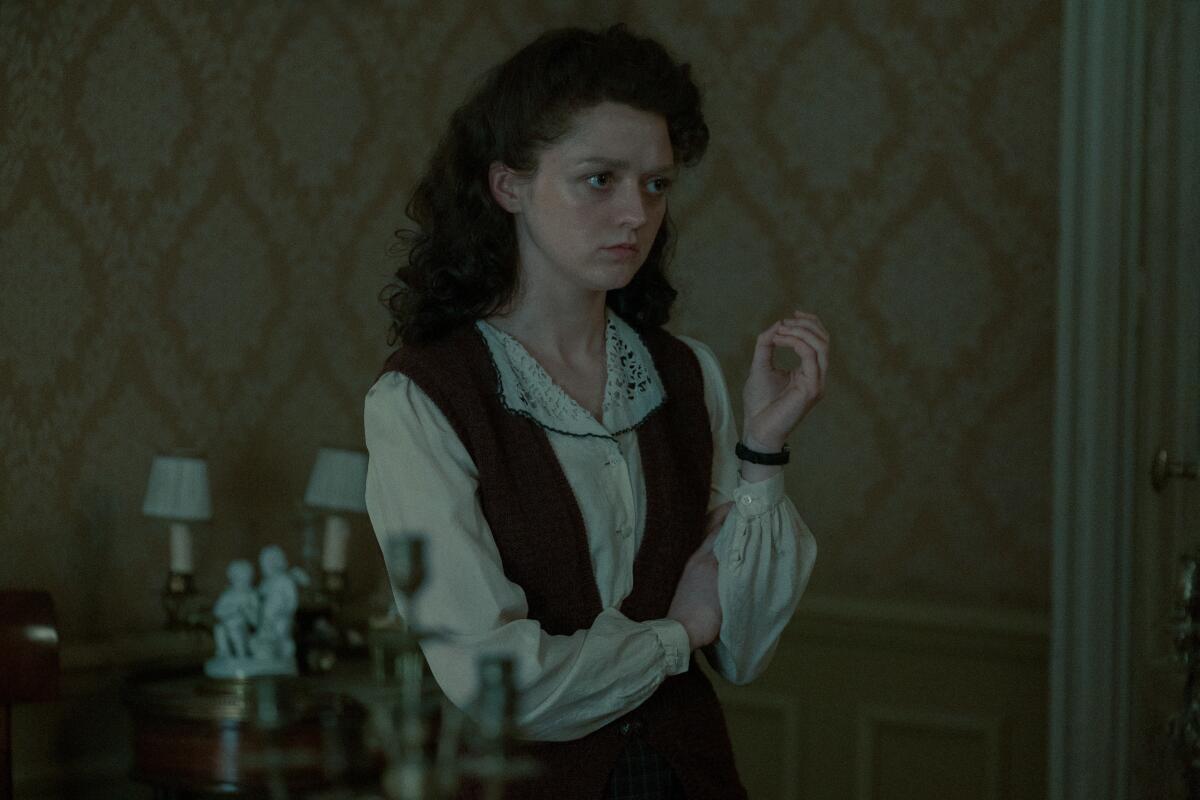
Catherine Dior (Maisie Williams), Christian's sister, is a member of the French Resistance and is captured by the Nazis.
(Apple TV+)
The length of the series requires regular injections of adrenaline, and while there are some legitimately dramatic episodes, especially regarding Catherine, who was captured by the Nazis and sent to a labor camp, even the simplest decisions can precipitate a crisis. (Mortimer's Elsa, a frequently drunken mess; the name change frees Kessler to do whatever he wants with the character; she seems designed specifically for that purpose.)
As the series builds toward a climax, or climax, old Hollywood tropes appear, things get cheesy, and the entire show becomes less persuasive. Since the emphasis is on personal drama and melodrama, one comes away from the series without having learned much about tailoring (which, like any craft or industry, can be compelling in its own right) or, indeed, without having any idea of what made the New Look: new, or exactly what Chanel, whose career in fashion dates back to 1909, didn't like about Dior, or how their approaches to fashion differed.
Still, taken as a whole, the series has a heavy, scattered quality, but there are things to enjoy along the way. The Paris locations are real or as good as (none of your “Pragues” will do here); the individual scenes are well written; the recreation of the creation of the Théâtre de la Mode, a 1945 exhibition that featured miniature mannequins wearing custom-made fashions by 15 top designers, as if to say, “We're still here,” is not a little moving; and the two stars are very fine in their contrasting modes.
The fact that Chanel is given to drama and quick changes of attitude gives Binoche a lot to work with, while Mendelsohn, who represents a shy and interior character, given to sighing and looking into the middle distance while hesitating about a family matter or the line. from a skirt or a tarot reading, he impresses in the stillness of him; He comes across as a real person, whether or not it is the real person he plays.

